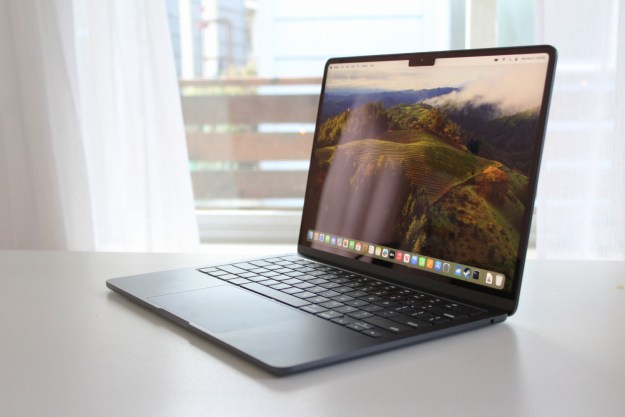Apple is rumored to be releasing updated versions of the MacBook Air and MacBook Pro 13 lines later this year. Unfortunately, the pandemic is still causing delays as manufacturers implement measures to prevent additional spread — and now those release dates could be in jeopardy.
Shanghai and other Chinese cities are instituting lockdowns in response to the latest wave of infections according to a report from Nikkei Asia. Three of Apple’s key manufacturing partners have been affected and ceased production due to the lockdowns. Pegatron, an important iPhone supplier, halted production at two of its sites. Quanta, a big name in laptop and MacBook manufacturing, also halted production near Shanghai.
The action by Quanta could mean that Apple may have to push release dates for upcoming MacBook models. Quanta manufacturers nearly all MacBook models, so a delay would affect future release dates. Other major manufacturers such as Dell, HP, and Lenovo could face similar setbacks.
(2/2) Quanta is almost the sole EMS supplier for MacBook, so among Apple's main products, MacBook has been the most affected amid China lockdowns due to Quanta's halted production.
— 郭明錤 (Ming-Chi Kuo) (@mingchikuo) April 12, 2022
On the plus side, analyst Ming-Chi Kuo noted that iPhone supplies won’t be affected as much as Foxconn is able to assist Pegatron with production. Foxconn was also able to pick up the slack for iPads due to iPad maker Compal Electronics closing down operations.
The Nikkei Asia report also details how printed circuit board (PCB) makers Unimicron, BizLink, and Nan Ya Printed Circuit Board Corporation also had to cease operations around Shanghai. They are key suppliers for Dell and Tesla.
About 161 companies have stopped production in Shanghai and Kunshan, both of which are huge technological sectors in China. Considering that China manufacturers much of the world’s technology, this will likely impact many tech companies that don’t have alternative manufacturing plants elsewhere.
This will no doubt disappoint many who may be waiting for MacBooks updated with the M2 processor. The MacBook Air in particular is rumored to be completely redesigned and include the MagSafe 3 charging that’s in the current 14-inch and 16-inch MacBook Pro. The current M1 MacBook Air is already a portable powerhouse in its own right and an M2 processor would continue that.
Editors' Recommendations
- The XPS 16 is fighting an uphill battle against the MacBook Pro
- MacBook Pro 16 vs. MacBook Pro 14: The important differences
- The biggest threat to the MacBook this year might come from Apple itself
- Why you should buy a MacBook Pro instead of a MacBook Air
- Which color MacBook should you buy? Here’s how to pick




